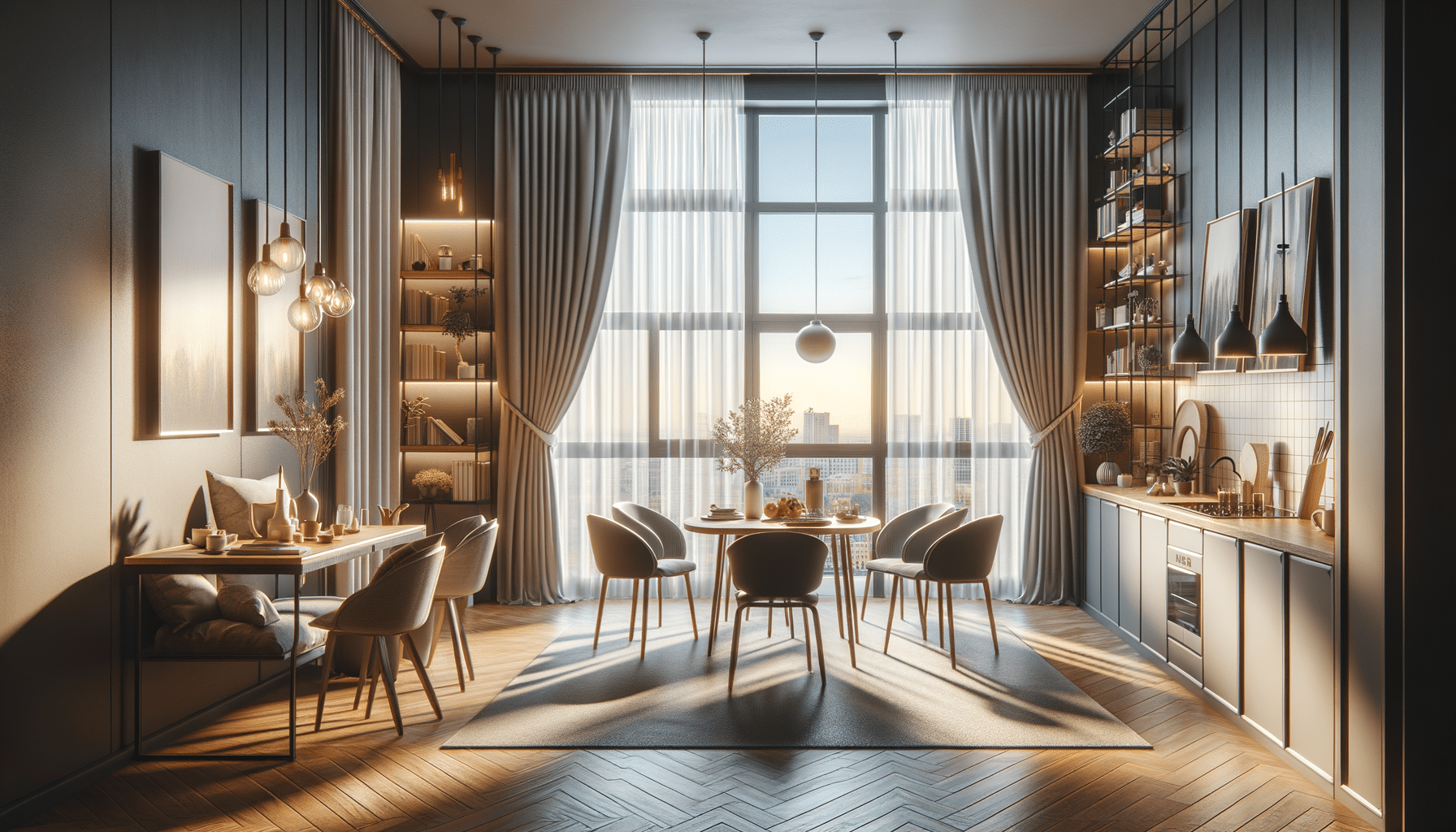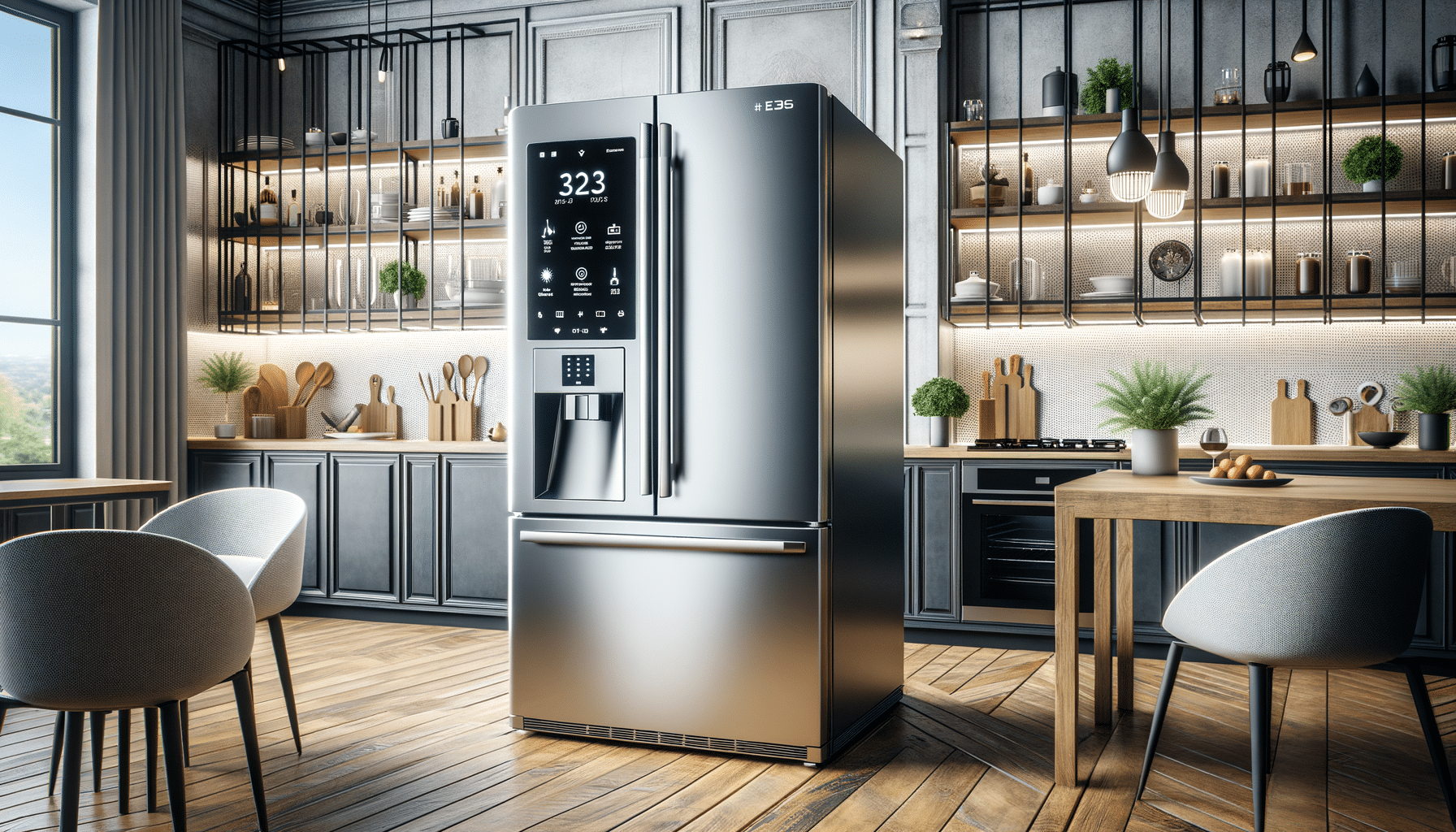
How to Create a Minimalist Home: A Step-by-Step Guide
To create a minimalist home, you need to make wise choices. Declutter strategically and stay committed to simplicity. By following this guide, you can develop a beautiful, functional, and stress-free space.
Minimalism is about focusing on what truly matters. Design your space with care and focus on quality. This will help you create a home that boosts your well-being and brings calm to your life.
Are you ready to live minimally? Learn how to declutter, set a decluttering challenge for yourself, and spark joy in your home one space at a time. This means you can focus on what really matters. Studies show that reducing clutter helps to reduce stress, increase focus, and encourage peace in the home. This guide provides a guide to transform your space into a minimalist oasis.
Pro Tip:
When decluttering, start with the easiest category first (like clothing) to build momentum. Tackling sentimental items last helps you make decisions with a clearer mindset.
Quick Guide to Creating a Minimalist Home:
- Declutter First – Remove items that don’t add value or purpose.
- Define Your Style – Choose from Scandinavian, modern, or warm minimalism.
- Stick to a Neutral Palette – Whites, greys, and earthy tones create harmony.
- Choose Functional Furniture – Invest in multi-purpose, sleek furniture.
Important:
Minimalism isn’t about stripping away personality—it’s about intentionality. Ensure your home reflects your needs, comfort, and aesthetic while staying clutter-free.
Why Choose a Minimalist Home?

Minimalism isn’t just about getting rid of extra belongings; it’s about crafting a functional, stylish, and stress-free space. Here are some key benefits:
- Increased tranquillity: A clutter-free home promotes relaxation and mental clarity.
- Easy maintenance: Fewer items mean less cleaning.
- Enhanced functionality: Every item serves a purpose, cutting distractions.
- Timeless aesthetic: Modern minimalism has a sleek, elegant look that lasts.
- Sustainability: Fewer purchases lead to reduced waste.
Step-by-Step Guide to Creating a Minimalist Home
Step 1: Declutter Your Home
Before redesigning your space, start by removing unnecessary items. Use these key decluttering tips:
- Adopt the KonMari Method: If an item doesn’t spark joy, let it go.
- Categories belongings: Sort items into ‘keep,’ ‘donate,’ and ‘discard.’
- Digitise paperwork: Scan essential documents to reduce clutter.
- Adopt the one-in-one-out rule: Only add new items when replacing old ones.
- Use the 90/90 rule: If you haven’t used something in 90 days and won’t in the next 90, consider removing it.
Step 2: Define Your Minimalist Aesthetic
Minimalism comes in various styles, from Scandinavian simplicity to modern industrial chic. Consider these styles:
- Scandinavian minimalism: Soft textures and neutral tones create cosiness.
- Japanese minimalism: Zen-inspired, nature-infused, emphasising “wabi-sabi” (the beauty of imperfection).
- Modern minimalism: Sharp lines and monochromatic schemes offer a sleek look.
- Warm minimalism: A mix of minimalism and warmth with earthy tones.
Step 3: Choose a Minimalist Colour Palette
Minimalist designs often use neutral tones for a calming effect. Good colour choices include:
- White and off-white: Fresh and airy.
- Grey tones: Adds depth without overwhelming.
- Beige and earthy shades: Creates warmth.
- Muted pastels: Subtle colours add personality without clutter.
- Monochrome contrasts: Black or dark grey accents enhance sophistication.
Step 4: Invest in Functional, Modern Furniture
Minimalist interiors rely on high-quality, multi-functional furniture. Key choices include:
- Modular sofas: Flexible and space-saving.
- Floating shelves: Keep surfaces clear while providing storage.
- Hidden storage solutions: Maximise space and maintain cleanliness.
- Sleek dining tables: Simple lines and neutral tones work best.
- Ergonomic office furniture: A suitable desk and chair enhance productivity without clutter.
Step 5: Optimise Space and Natural Light
Minimalist homes thrive on openness and light:
- Use sheer curtains: Let natural light flow in.
- Place mirrors strategically: Reflect light to create a larger feel.
- Opt for open-plan layouts: Reduce visual clutter.
- Declutter windowsills: Don’t block light sources.
- Consider minimalist lighting: Pendant lamps and LED strips offer stylish illumination.
Step 6: Incorporate Minimalist Decor and Accessories
Minimalism avoids excessive decoration, but thoughtful decor enhances aesthetics:
- Choose quality over quantity: Invest in a few statement pieces.
- Embrace natural elements: Houseplants and wood bring warmth.
- Opt for simple artwork: Monochrome or abstract pieces fit the theme.
- Use neutral-toned textiles: Linen, cotton, and wool provide texture without clutter.
- Introduce a focal point: A single decorative item, like a vase, adds personality.
Step 7: Maintain a Minimalist Lifestyle
Creating a minimalist home is an ongoing effort. To keep it simple:
- Regularly reassess possessions: Avoid unnecessary accumulation.
- Adopt mindful purchasing habits: Buy only items that fit your vision.
- Keep surfaces clean: Clutter-free spaces maintain appeal.
- Develop daily tidying habits: Spend 5–10 minutes each day to keep order.
- Rotate decor seasonally: Swap out a few pieces to refresh without cluttering.
Common Mistakes to Avoid in Minimalist Home Design

- Confusing minimalism with emptiness: It’s about intentionality, not deprivation.
- Ignoring comfort: A minimalist home should feel welcoming.
- Overusing white: Balance neutrals with natural materials to avoid coldness.
- Neglecting personal style: Minimalism should reflect your personality.
- Not considering practicality: Your home should meet daily needs and look good.
- Over-decluttering: Remove so much that your home feels impersonal.
FAQs About Minimalist Home Design:
1. Can I have a cosy home while being minimalist?
Yes! Use warm textures, soft lighting, and natural materials to create a welcoming minimalist space.
2. How do I start decluttering without feeling overwhelmed?
Begin with one small area at a time, like a single drawer or shelf. Gradual progress prevents burnout.
3. Is minimalism only about aesthetics?
No, it’s a lifestyle that promotes functionality, mindfulness, and simplicity beyond just interior design.
4. How can I stop accumulating clutter again?
Adopt the “one-in, one-out” rule—when you buy something new, remove an old item.
5. Can minimalism work in a small space?
Absolutely! Minimalism is ideal for small spaces, as it maximises functionality and openness.
Achieving Minimalism: Your Path to a Clutter-Free Home

To create a minimalist home, you need to make wise choices. Declutter strategically and stay committed to simplicity. By following this guide, you can develop a beautiful, functional, and stress-free space.
Minimalism is about focusing on what truly matters. Design your space with care and focus on quality. This will help you create a home that boosts your well-being and brings calm to your life.
Are you ready to embrace minimalism? Start today by decluttering one space at a time, and watch your home transform into a serene haven.


